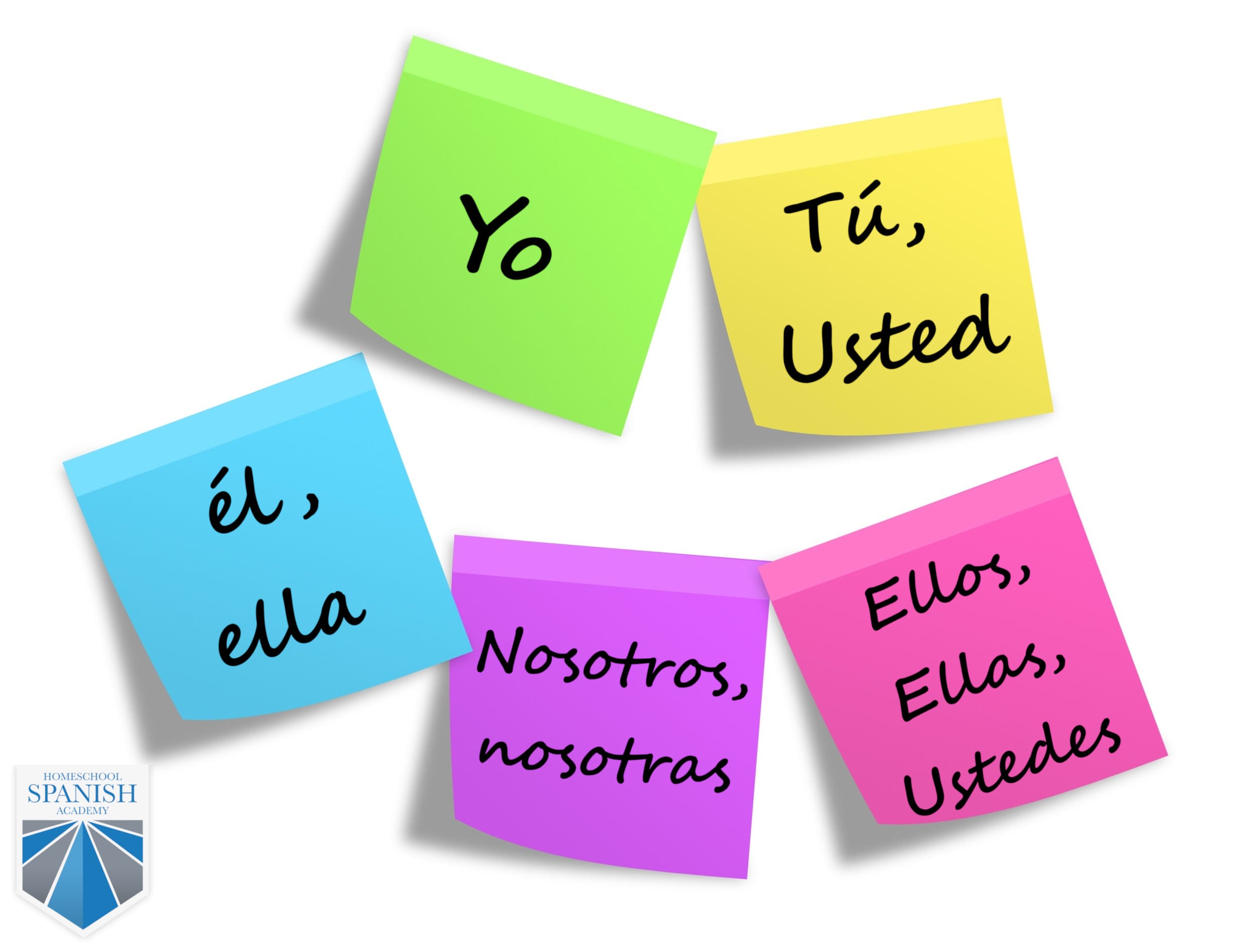Perfecting Spanish Pronunciation: Translating “That Sounds Good” With Nuanced Accuracy
Spanish is undoubtedly one of the most widely spoken languages in the world, boasting over 500 million native speakers and an additional 100 million non-native speakers. Whether you are a student, a professional, or simply have a fascination with the Spanish language and culture, chances are you have found yourself trying to accurately translate the phrase “That sounds good.”
While this phrase might seem straightforward at first, capturing its true essence in Spanish requires a deeper understanding of the language’s nuances and intricate pronunciation rules.

Много полезного в телеграм канале @espanolconveronica ️ Spanish – Source www.pinterest.com
Translating “That Sounds Good” With Precision: A Journey of Linguistic Nuances
Translating the seemingly simple phrase “That sounds good” into Spanish necessitates the mastery of subtle yet crucial phonetic differences. The Spanish language possesses unique pronunciations for certain letters, such as the “c” and “z,” which can significantly alter the meaning of words if pronounced incorrectly.
Moreover, the intonation and stress placed on syllables play a vital role in conveying the intended message. Mispronouncing a single syllable can lead to confusion or even misinterpretation.

Buy Spanish Pronunciation (Collins Easy Learning Spanish) Book Online – Source www.amazon.in
History and Myths of Translating “That Sounds Good” With Nuanced Accuracy
The evolution of the Spanish language has given rise to regional variations and dialects, each carrying its distinct pronunciation patterns. The translation of “That sounds good” can thus vary depending on the specific region or country where Spanish is spoken.
Some dialects pronounce certain sounds more strongly or softly, while others employ different vowel pronunciations. Understanding these variations is essential for achieving nuanced accuracy in translation.
![150+ Essential Spanish Phrases You Must Know [2024] 🌟 - Spanish Scholar 150+ Essential Spanish Phrases You Must Know [2024] 🌟 - Spanish Scholar](https://www.spanishscholar.com/wp-content/uploads/2023/07/845196.jpg)
150+ Essential Spanish Phrases You Must Know [2024] 🌟 – Spanish Scholar – Source www.spanishscholar.com
Unlocking the Secrets of “That Sounds Good”: A Phonetic Journey
Translating “That sounds good” with precision requires a trained ear and an in-depth knowledge of Spanish phonetics. The letter “c,” for instance, can have two distinct pronunciations depending on whether it is followed by an “e” or “i” (pronounced as “th”) or by any other vowel (pronounced as “k”).
Similarly, the letter “z” can be pronounced as “th” or “s,” depending on its position within a word. Mastering these phonetic nuances is key to conveying the intended meaning accurately.

How To Pronounce Ideal In Spanish – Spanish Lesson # 1. Personal – Source rosaiskara.github.io
Recommendations for Translating “That Sounds Good” With Confidence
To master the translation of “That sounds good” with nuanced accuracy, immersion in the Spanish language is invaluable. Surround yourself with native speakers, listen to Spanish music and podcasts, and engage in regular conversation practice. This exposure will train your ear to recognize and produce the correct pronunciations.
Additionally, utilizing online resources such as pronunciation dictionaries and interactive language learning platforms can provide guidance and immediate feedback, helping you refine your pronunciation skills.

LL In Spanish: Pronunciation Guide + Some Language History – Source effortlessconversations.com
Tips for Perfecting Your Spanish Pronunciation

Abc Preschool Preschool Spanish Spanish Activities Pr – vrogue.co – Source www.vrogue.co
Fun Facts About Translating “That Sounds Good”

Vocabulario de los deportes – ELE | Learning spanish, Teaching spanish – Source www.pinterest.co.uk
How to Master Translating “That Sounds Good”

How To Pronounce G In Spanish: Pronunciation Guide – Source effortlessconversations.com
What if Translating “That Sounds Good” Proves Challenging?

How To Roll Your Rs In Spanish: Pronunciation Guide + Audio – Source effortlessconversations.com
Listicle of Tips for Translating “That Sounds Good”

Vegetables In Spanish | Learning spanish, How to speak spanish, Spanish – Source www.pinterest.com
Question and Answer Section
A: Accurate translation is crucial for conveying the intended message clearly and avoiding misunderstandings.
A: Challenges include understanding regional variations, mastering nuanced pronunciation, and recognizing cultural connotations.
A: Strategies include immersion, pronunciation exercises, and conversation practice.
A: Resources include online dictionaries, language learning apps, and professional guidance from language teachers or tutors.
Conclusion of Perfecting Spanish Pronunciation: Translating “That Sounds Good” With Nuanced Accuracy
Translating the phrase “That sounds good” into Spanish with precision requires an understanding of subtle phonetic differences, mastery of pronunciation rules, and an appreciation for cultural nuances. By immersing yourself in the language, practicing regularly, and utilizing available resources, you can enhance your Spanish pronunciation skills and effectively convey the intended message with confidence and accuracy.